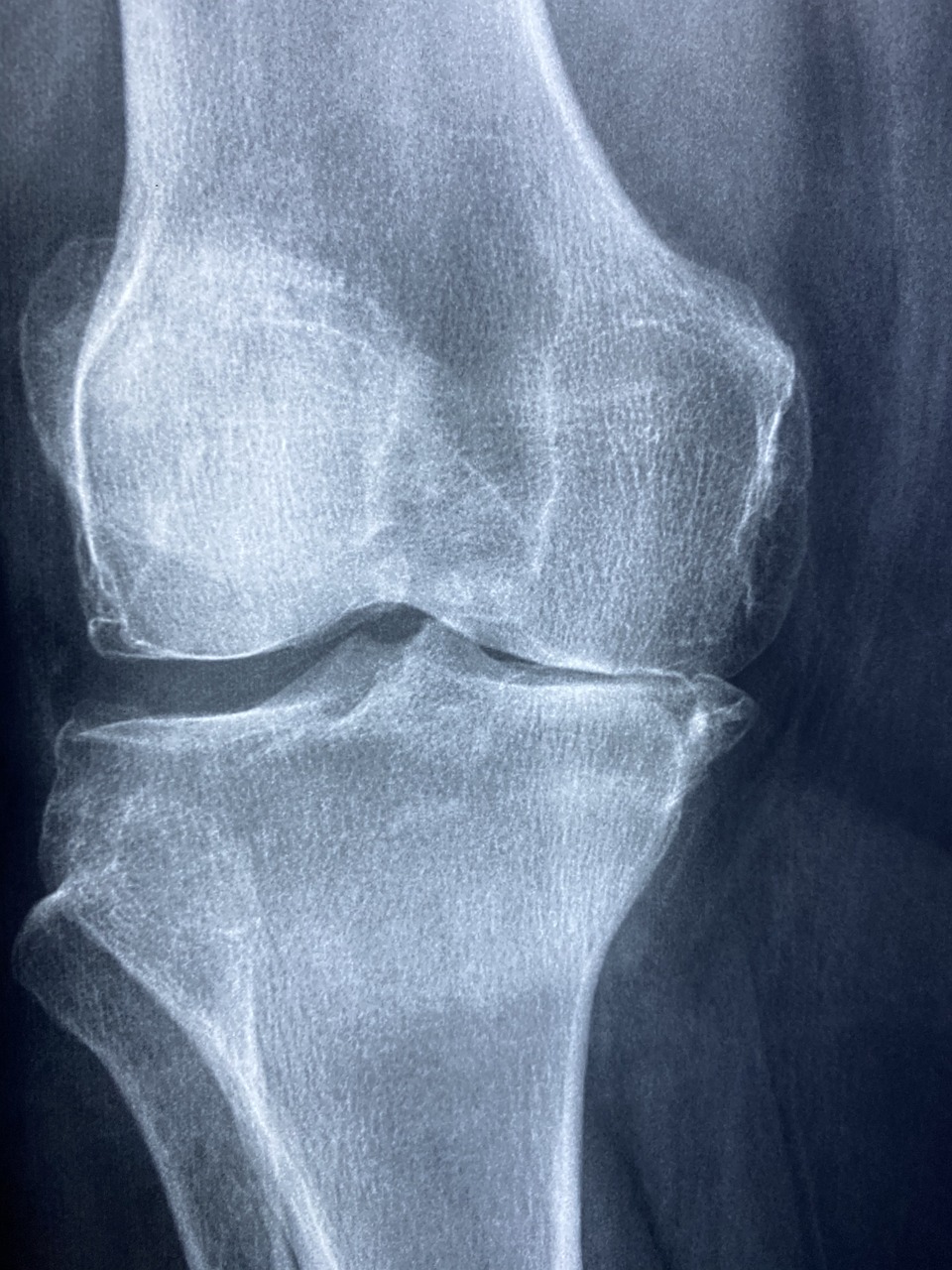Lower back pain has to be one of the most common injuries and most blogged about and Googled injuries.
So let’s look at something a bit different – the little muscles that a lot of physios still ignore.
For those of you who have had one or more episodes of lower back pain, you must read on.
Core stability seems to be the answer to lower back pain, but what does that mean? To me, it’s all about keeping the spine still throughout all movements. Often it consists of training the big muscles of the lower back and abs, e.g. plank, side plank etc.
When we look at the anatomy of muscles, we could categorise these into three types (this is very general for the academics reading this):
1. Deep local stability muscles – this work constantly and stabilises the spine in every movement and direction.
2. Movement stability muscles – this helps control one part of the body as you move another, e.g. it keeps the pelvis still when you flex your hip when you walk.
3. Muscles that move us – these can also stabilise by bracing the spine. This is effective in high performance sports, but not the best for those with a history or pain.
Today we are going to discuss the deep local stability muscles. Within the lower back we can name three which are important to treating and preventing lower back pain.
1. Deep lumbar multifidus (MF)
2. Transverse Abdominis (TrA)
3. Psoas Major (PM)
These work together with our diaphragm and pelvic floor to create a cylinder of stability.
Each of the three muscles have a role on the lumbar spine, due to the location of its attachments.
1. The MF attaches at the back of the spine and connects to each of the vertebrae – its role is to control one vertebrae moving forward on the other.
2. The TrA or “human corset” attaches around the lower body like a corset which tightens up as it contracts. You may be more aware of this muscle, as it is most commonly discussed by physios and other healthcare professionals. Its role is to control sideways movements.
3. The PM, is probably the most unknown and misunderstood within the spinal stability field. This muscle attaches from the front of the spine to the pelvis. Its role is to control movement backwards on each other.
To simplify this complicated topic, let’s just say that all muscles constantly work in all directions to ensure each spinal vertebrae is stable. Sometimes, our lifestyles or injuries to the lower back can change how these muscles function.
That said, the spine does not suddenly become unstable so that we fall over! What happens when one muscle becomes ineffective in its role is that the body uses another muscle to make the spine stable.
As this is not their designed role within the body, this can overload the muscle, resulting in injury. The other outcome is that it is unable to actually undertake the new role and it fails, you could say it is “a round peg in a square hole”. So when looking to retrain muscles, we must choose the correct muscles and the right way to retrain them.
In the case of lower back pain, stats show that 80% of the population have suffered with some complaint in this area. The scary statistic is that of this number, 80% of the injuries will reoccur within three years. Often the reoccurrence rates increase, eventually resulting in constant pain.
Our next blog will discuss why local retraining is important, how it works and how you can implement it into your daily routine to treat and/or prevent lower back pain.



